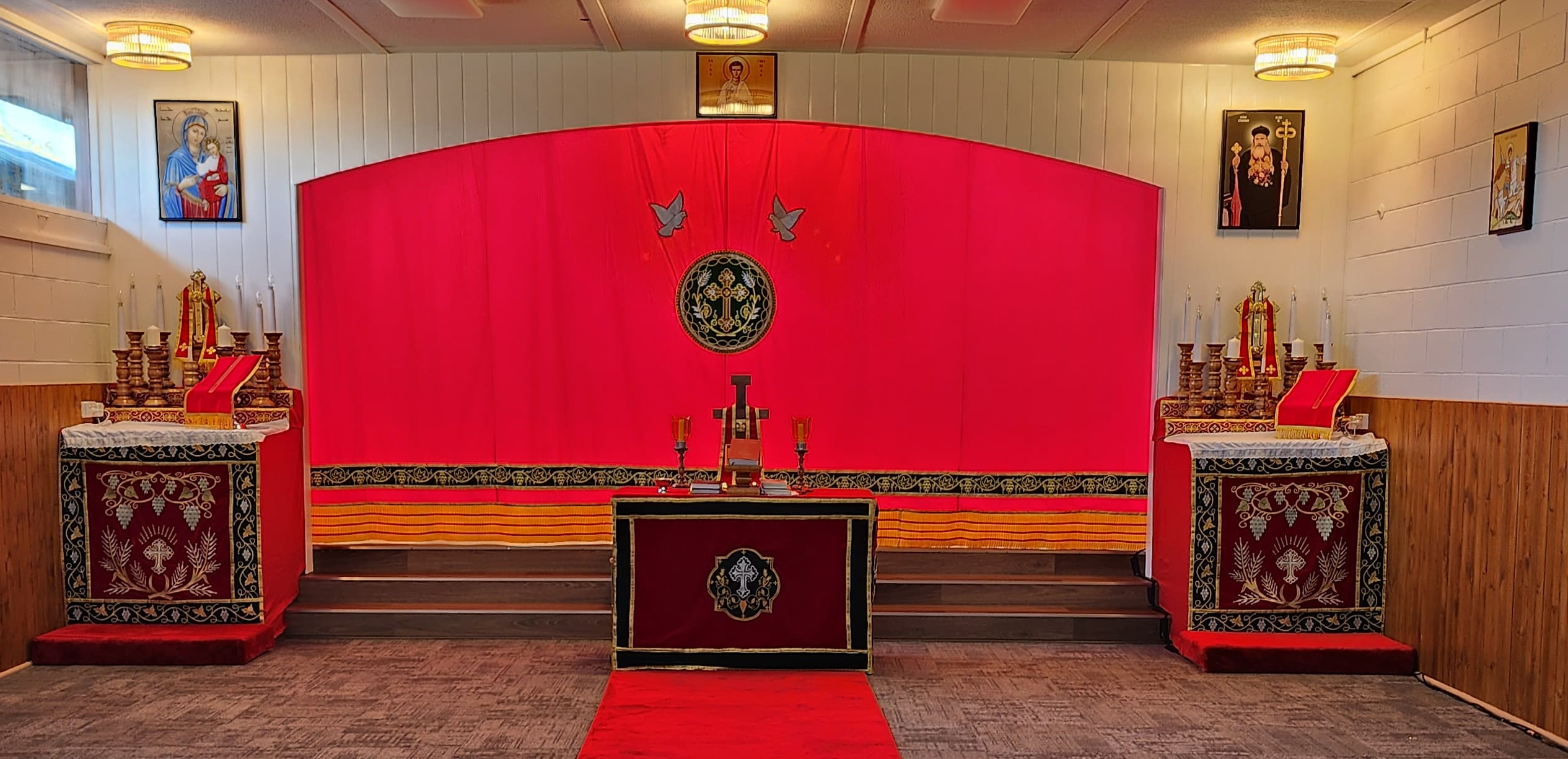Site is undergoing maintenance
Site will be available soon. Thank you for your patience!
For any enquiries, Please contact: 0426 774 494 / 0420 787 199

Site will be available soon. Thank you for your patience!
For any enquiries, Please contact: 0426 774 494 / 0420 787 199
